On the accumulation and organisation of books. A short essay written to accompany the wayfinder for Sean O'Toole's browsable exhibition, Photo book! Photo-book! Photobook! at A4 (February 11–May 21, 2022). – January 29, 2024
During a recent audit of our Library, the team found all manner of printed and handwritten matter slipped between the pages of books. From advertisements to newspaper clippings, detailed summaries and train tickets, here are a few highlights from the ephemera collected; a biography of the Library as told by its incidental holdings. – June 4, 2024
For all their assumed solemnity, library holdings are more often disobedient subjects. Systems of order are established, rules of arrangement applied, numbers and letters given to demarcate content, reducing printed matter to a finite selection of categories. Still, there are confusions, ambiguities, exceptions – those books chronically ‘unassigned’ or more terminally ‘other’ (indeed, librarians at the famed Warburg Institute keep meticulous indexes of un-indexed books, a category of a kind).
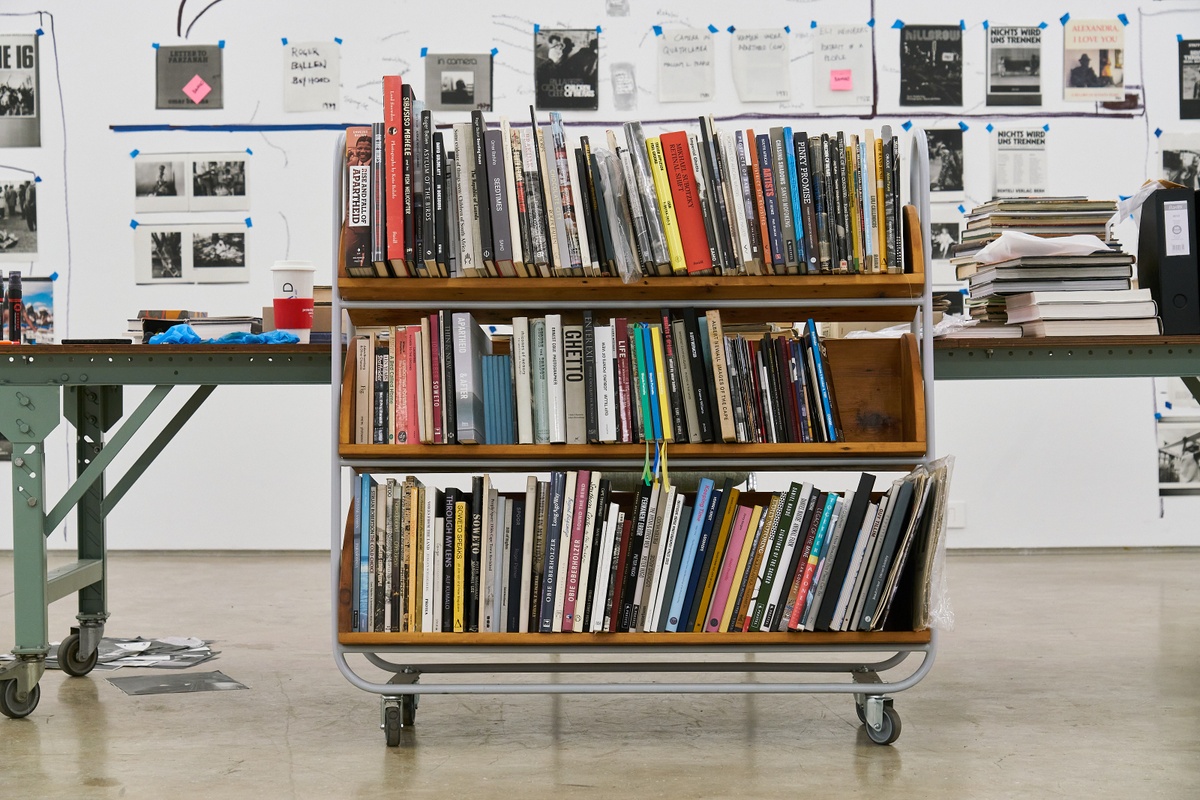
Such uncertainties, as Walter Benjamin observed, are familiar to all bookshelves. “The unpacking of books, perhaps because it is essentially chaotic, is a creative act,” the German critic wrote in 1931, “and as in every creative act, the materials employed lose in the process their individual nature: they become part of something different, something that encompasses and at the same time transforms them.” Quotes, too – like books – once unpacked and set drifting from their texts, offer themselves to novel forms, become other, different, transformed.
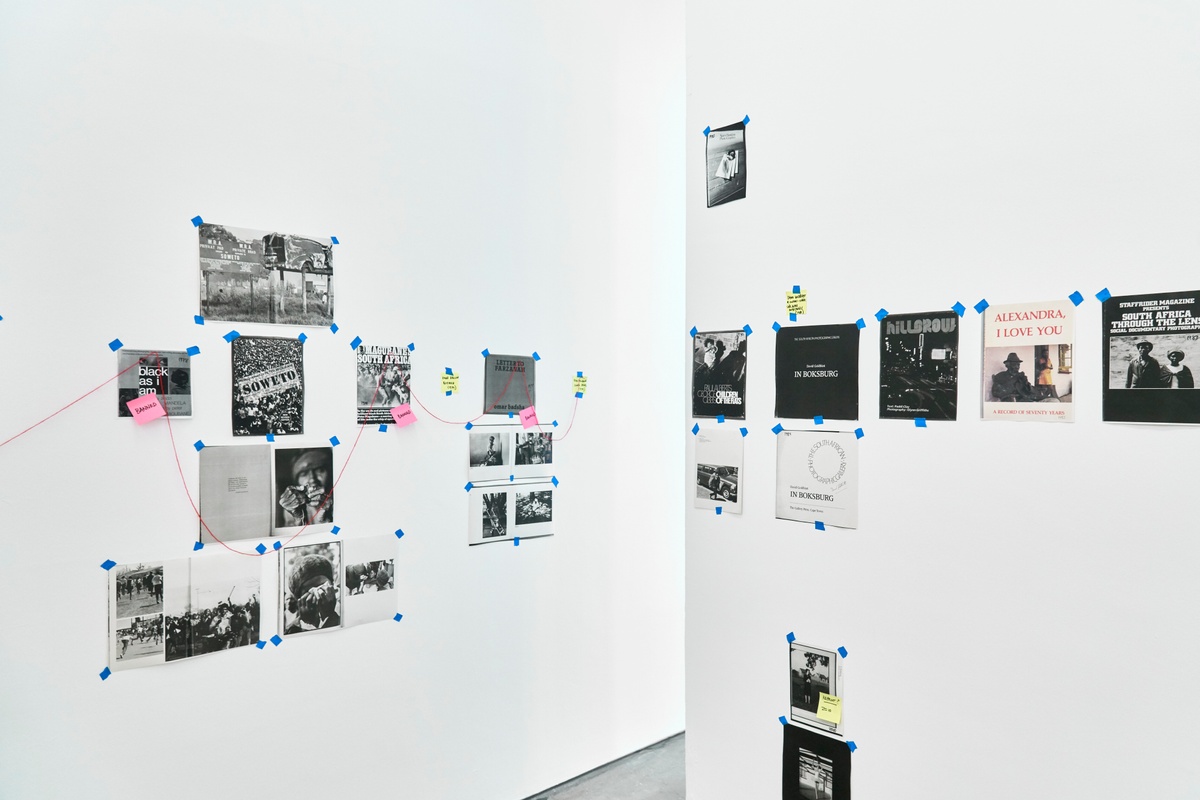
“The secret of a good librarian is that he never reads anything more of the literature in his charge than the titles and the tables of contents,” Robert Musil writes in The Man Without Qualities (1996). “Anyone who lets himself go and starts reading a book is a lost librarian!” Librarians of the academic tradition, it follows, are concerned foremost with generalities. Readers, on the other hand, are instead aligned with peculiarities and adjacencies.
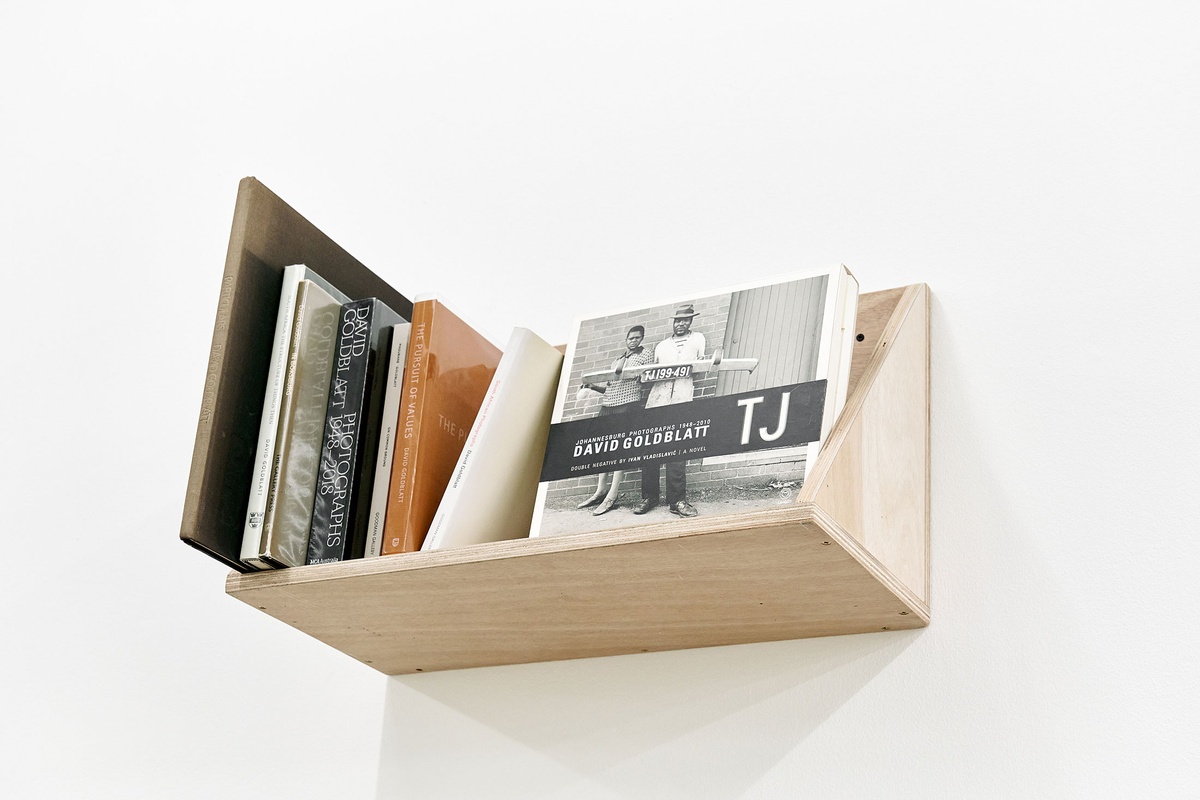
Domestic libraries follow more idiosyncratic logics in accounting for their resistant objects, being unconcerned with the rigours of taxonomy. Still, decisions must be made, compromises reached: the alphabet disrupted by an oversized book, an orange spine set among the blues in the interest of keeping a series together. One might, of course, disregard any attempt at order entirely, allow one’s books to persist in happy anarchy.
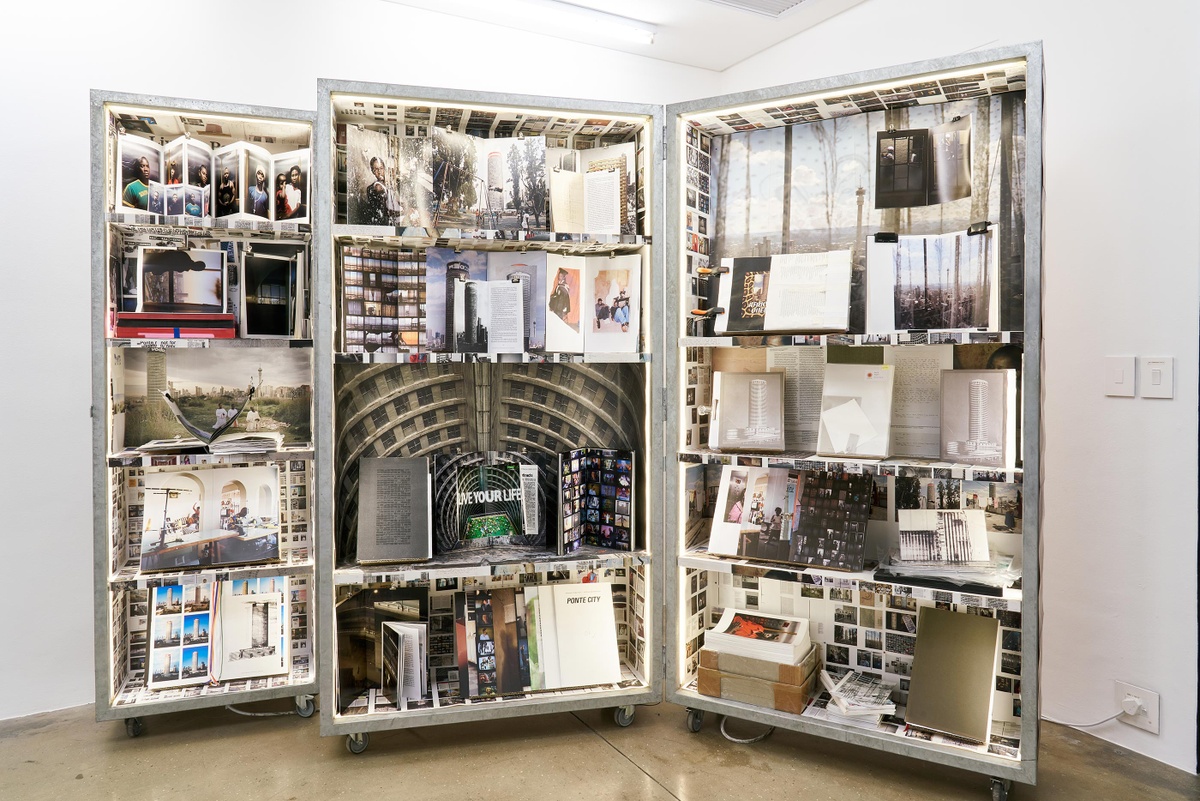
“Disorder in a library is not serious in itself,” Georges Perec allows in Brief Notes on the Art and Manner of Arranging One’s Books (1999), including in his own category system a final numerical code: “2.4. Books just about impossible to arrange.”

What then of the personal library shaped by research, later given to public viewing? In unpacking his library of South African photobooks towards this exhibition, Sean O’Toole has ordered his collection chronologically. Such arranging, however, is not without its necessary inconsistencies and exclusions. The research library is seldom populated in an orderly fashion, composed as much of books held in high regard as their less-esteemed counterparts. “My project has at times felt like a deep dive into a municipal dump,” Sean says. “I’ve become a ragpicker of sorts, mining the shelves of second-hand bookshops and charity stores.”

His wanderings have accumulated not only printed matter but a library of libraries – institutional, personal, lost, precarious. These assorted libraries have presented themselves in the process material surrounding this project, which began at A4 in 2020 with Sean’s Course of Enquiry. Set beside the furnace, a pile of banned books proposes an illicit reading list; romance novels found dumped in a suburban park offer a bibliography of unmet desire.
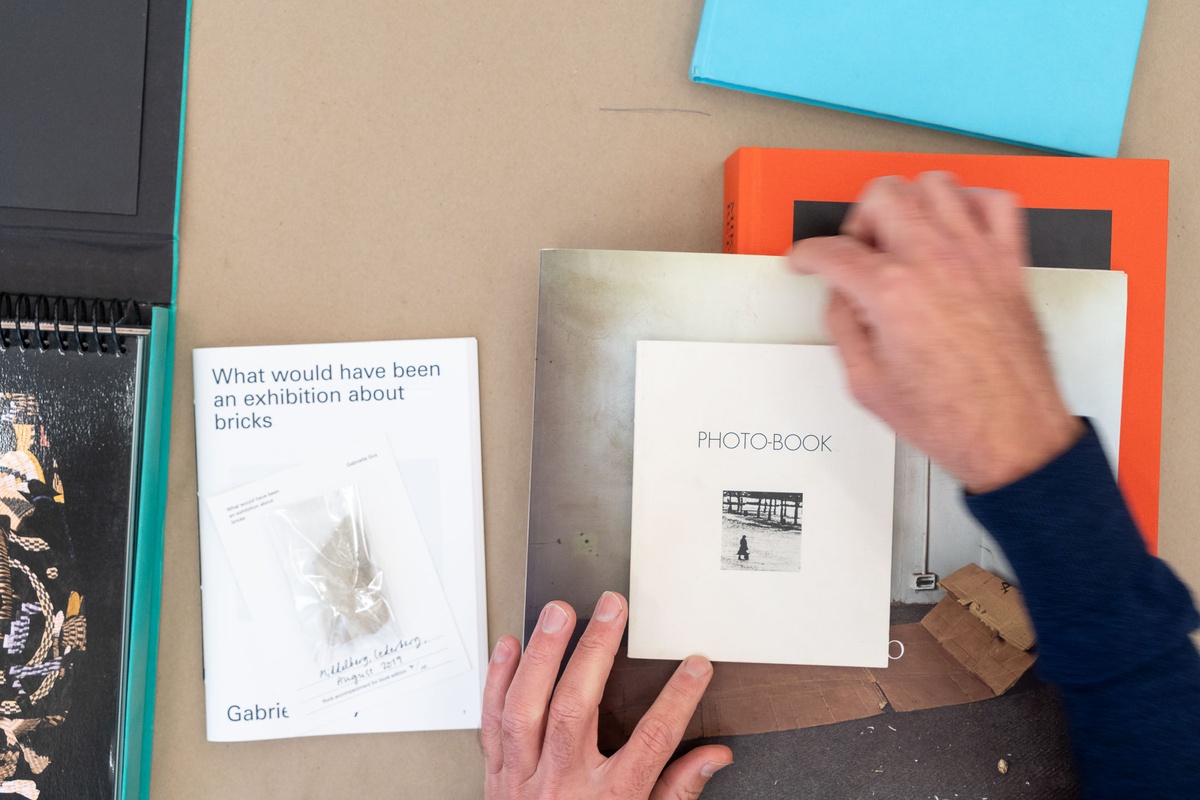
Other libraries: those of Benjamin, Borges and Perec; a graveyard of forgotten publications hidden beneath plastic in a Tshwane warehouse; a back-catalogue of magazines reimagined as artwork that cannot be touched let alone read; Nadine Gordimer’s book collection, accidentally decommissioned by Wits University and subsequently (imperfectly) restored.
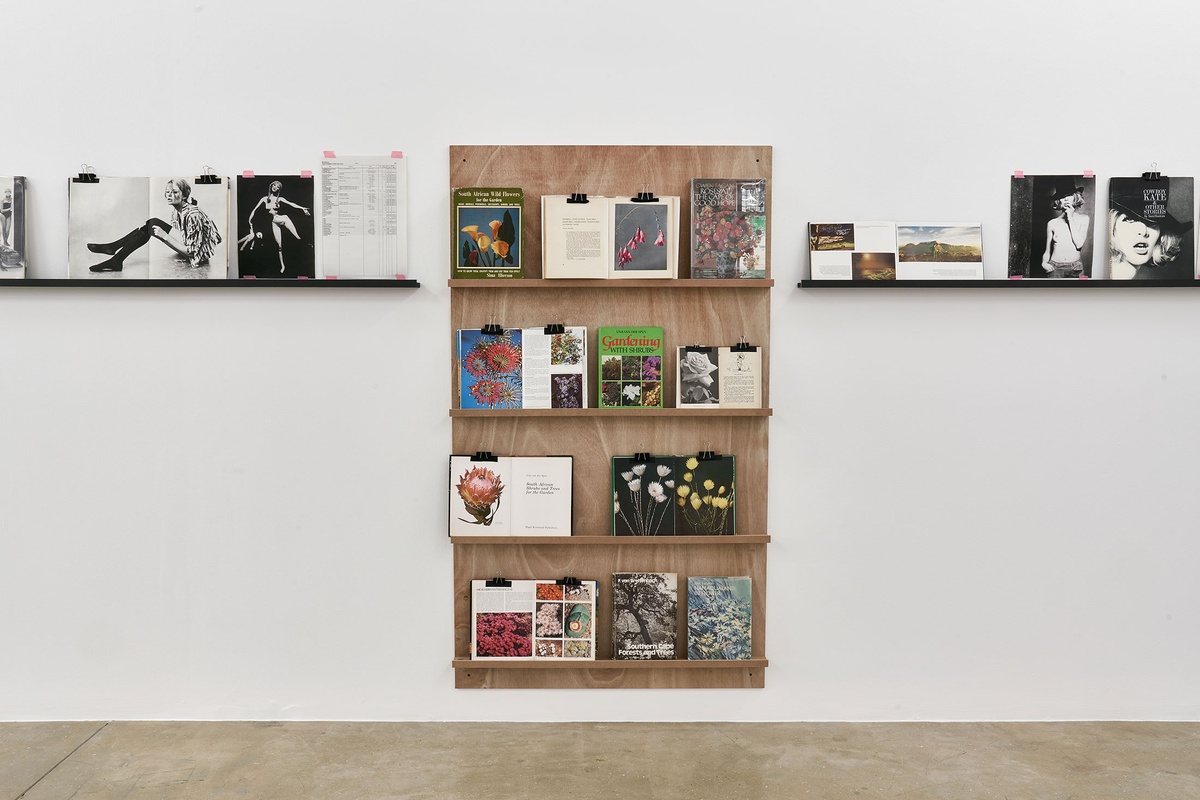
There are libraries real and imagined, libraries acquired studiously, and others by accident. “People give me their papers” – Ivan Vladislavić writes in The Loss Library (2011) – “The reason is obvious: I hoard such enormous quantities of my own.”

Books for A4’s Library are acquired in different ways; some are purchased new, others sourced second-hand, still more are gifted by visiting practitioners. There are also those rare books that arrive quietly – slipped onto the shelf, one imagines, by aspirant authors and artists.
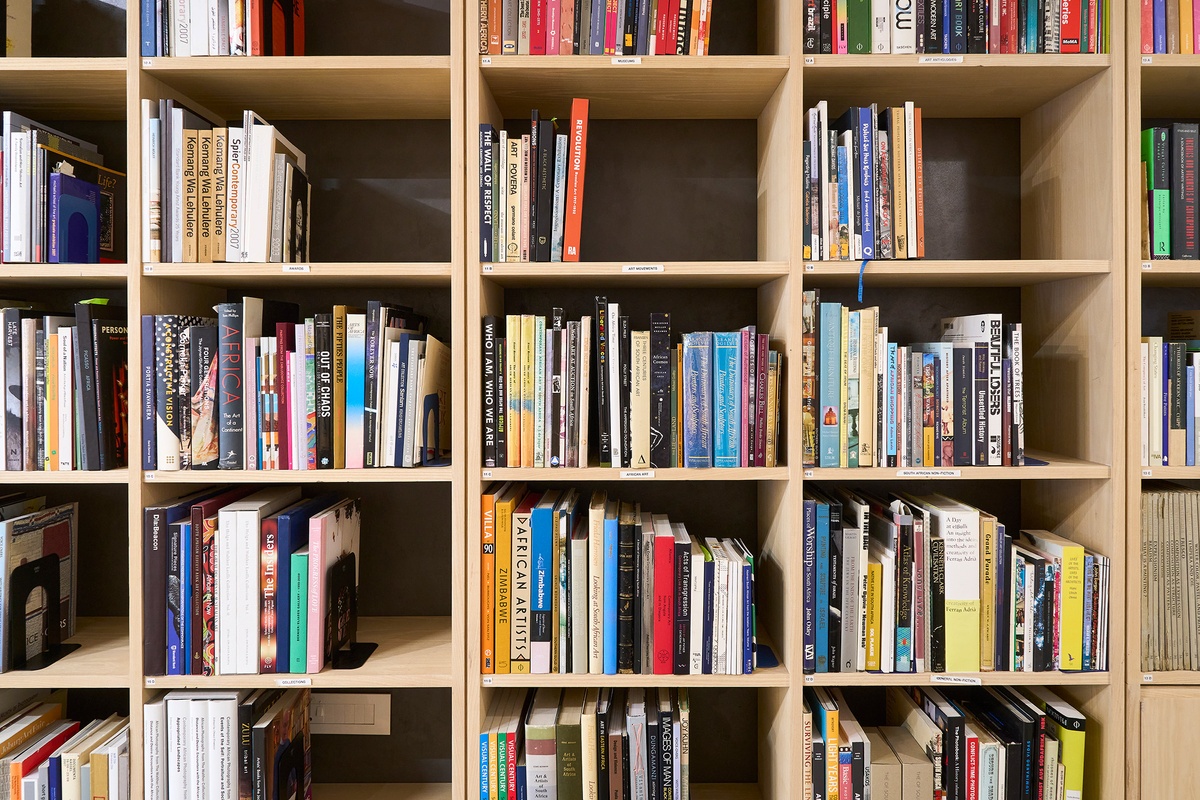
The second-hand books carry with them an occasional archive comprising improvised bookmarks and more deliberate inclusions – an article on an artist folded into their monograph, for instance, or a handwritten synopsis of a play in The Works of William Shakespeare.

Such ephemera become dispatches from the recent past, recalling something of the books' previous readers and of the setting in which they were first read. Together, they trace a history of individual lives – paths travelled, time taken, attention given – and, more obliquely, a history of South Africa.
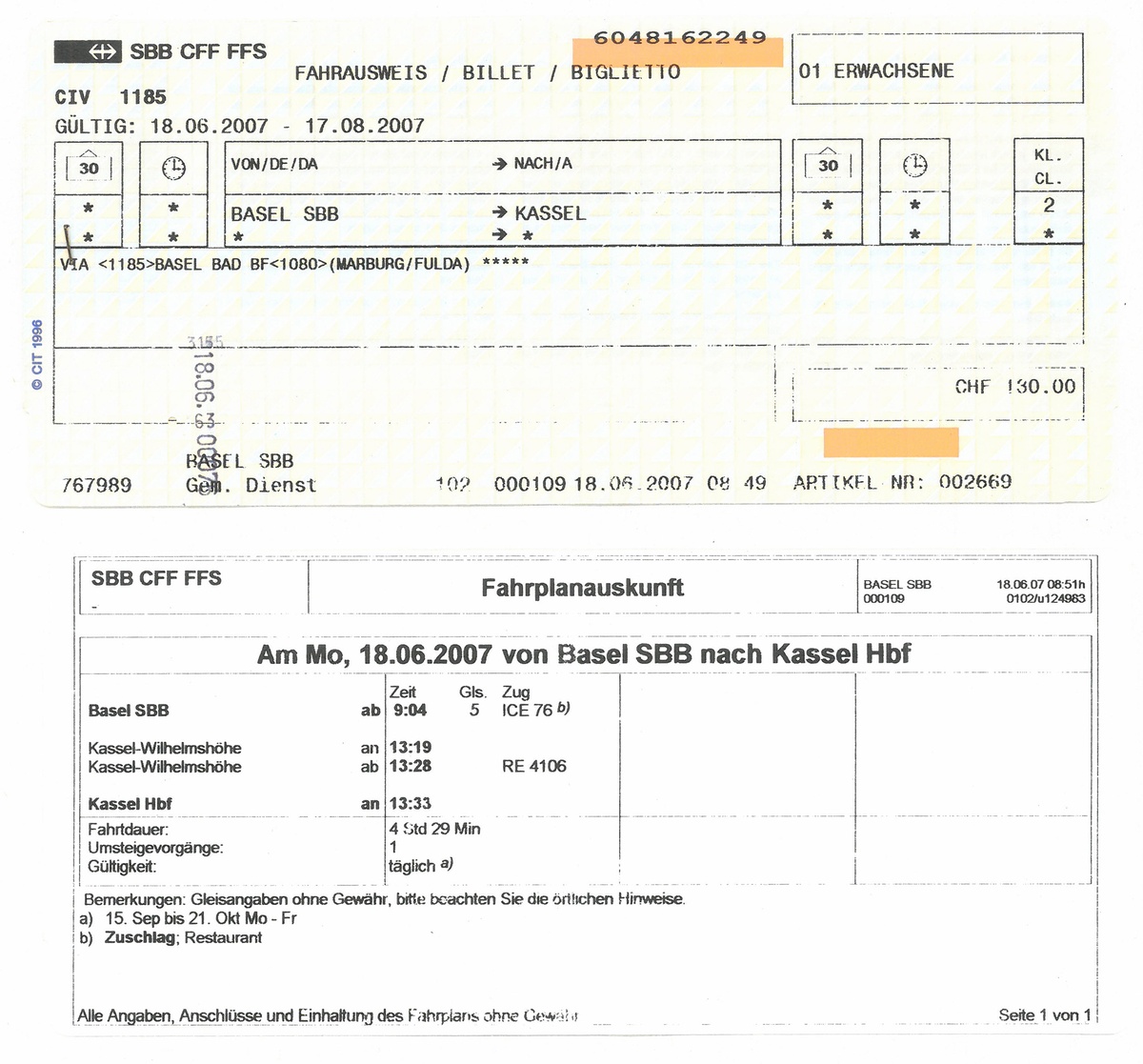
A social history of the country is recounted in a miscellany of matter, from a late-1970s advert for home insurance (R15.00 a month) to a less-than-enthusiastic review of local pop music, including Kurt Darren’s 2007 album, Lekker Lekker, found in the Library's copy of David Goldblatt's Some Afrikaners Revisited (2007).

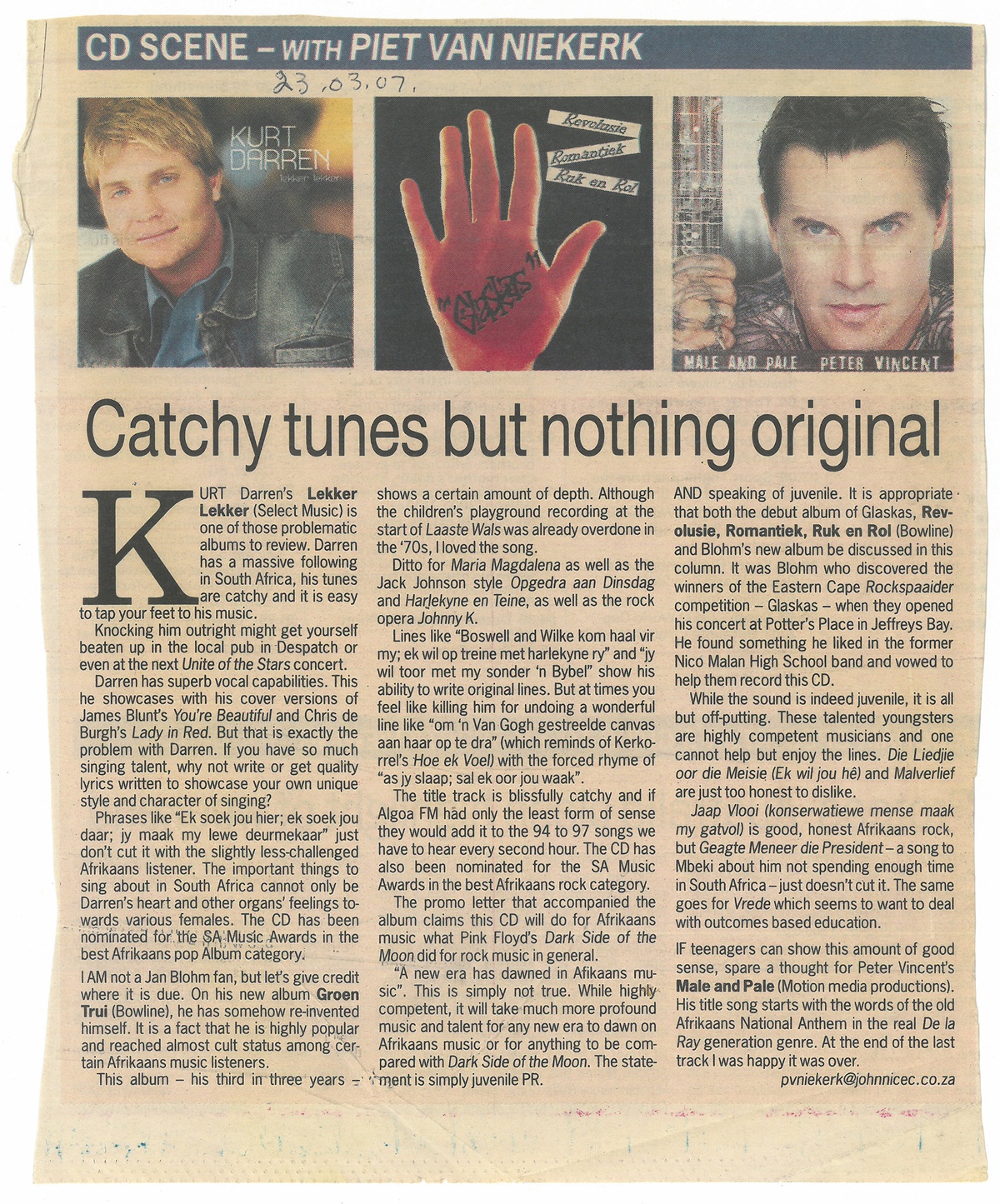
Others trace the country's political past. Oftentimes, however, the more curious story is told on the reverse of the newspaper clippings. In one such instance, dated February 20, 1988, a line anticipates the end of the white-minority rule and with it the administration of so-called homelands:
Nevertheless, there has been a retreat from Verwoerdian apartheid, which has left the TBVC states [Transkei, Bophuthatswana, Venda, and Ciskei] exposed as anachronisms of a dying era.

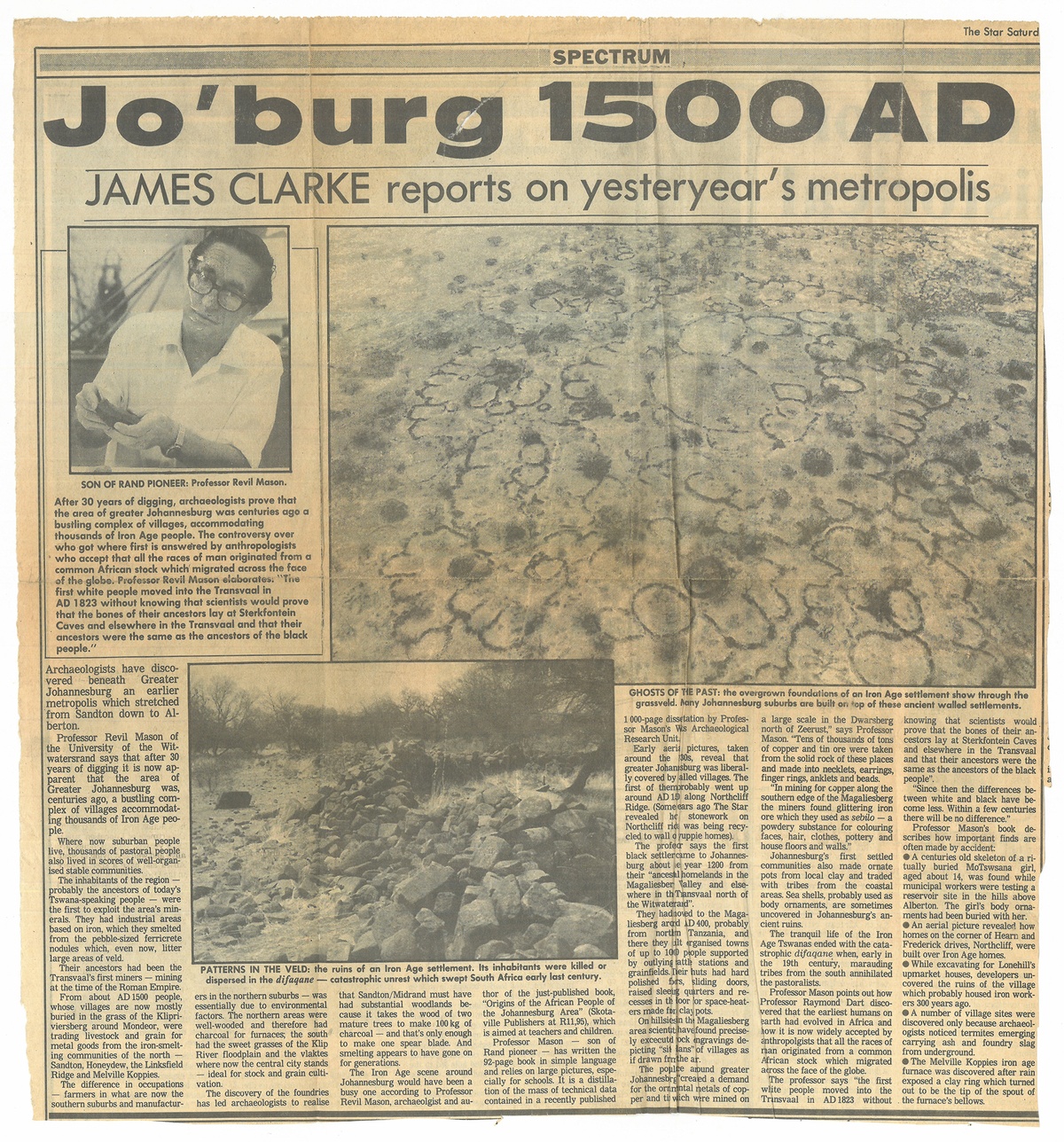
Hendrik Verwoerd is again recalled in an order form for a book published on the occasion of the fifth anniversary of the South African Republic in 1966. The form was found in the Library's Sixty-Six Transvaal Trees, a botanical survey with a nationalist bent, published the same year to coincide with the Republic Festival.
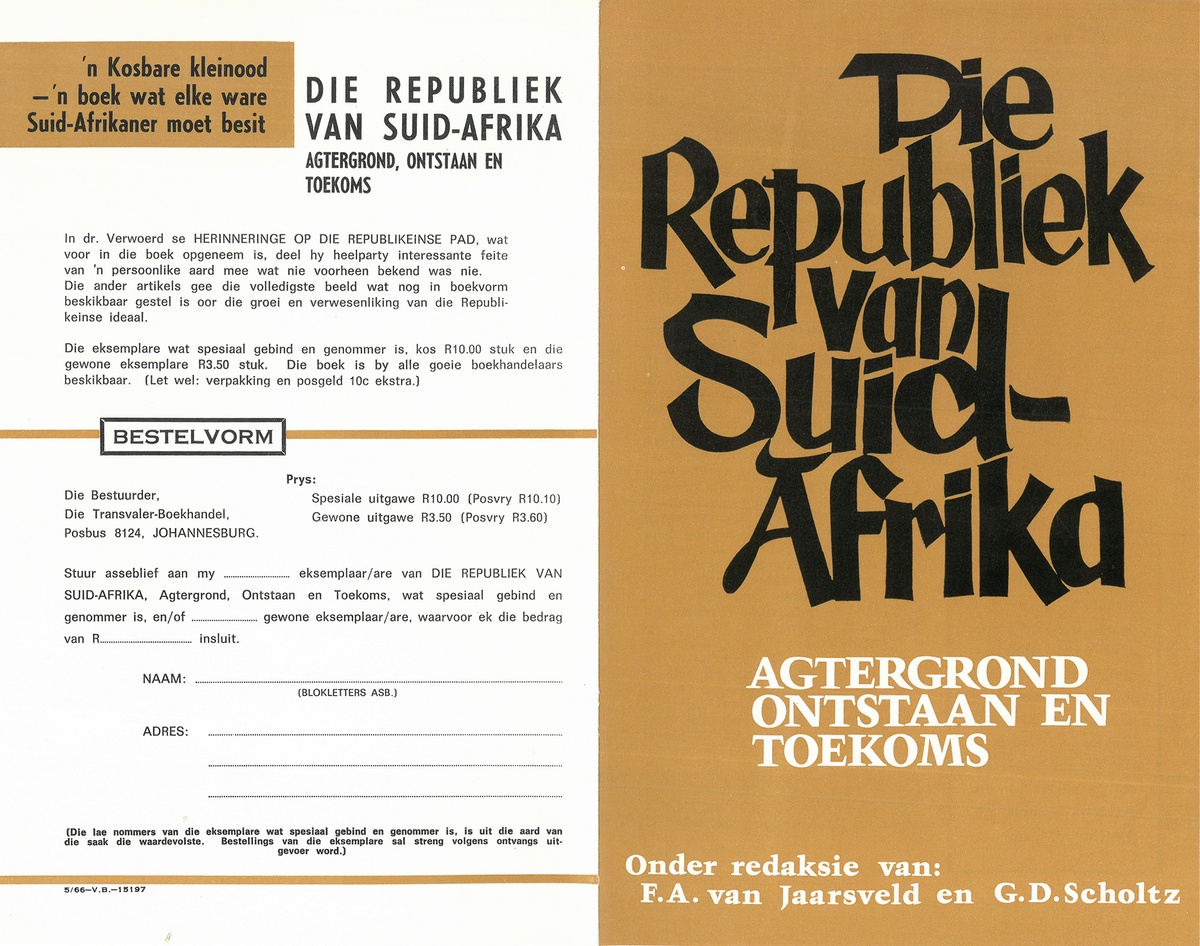
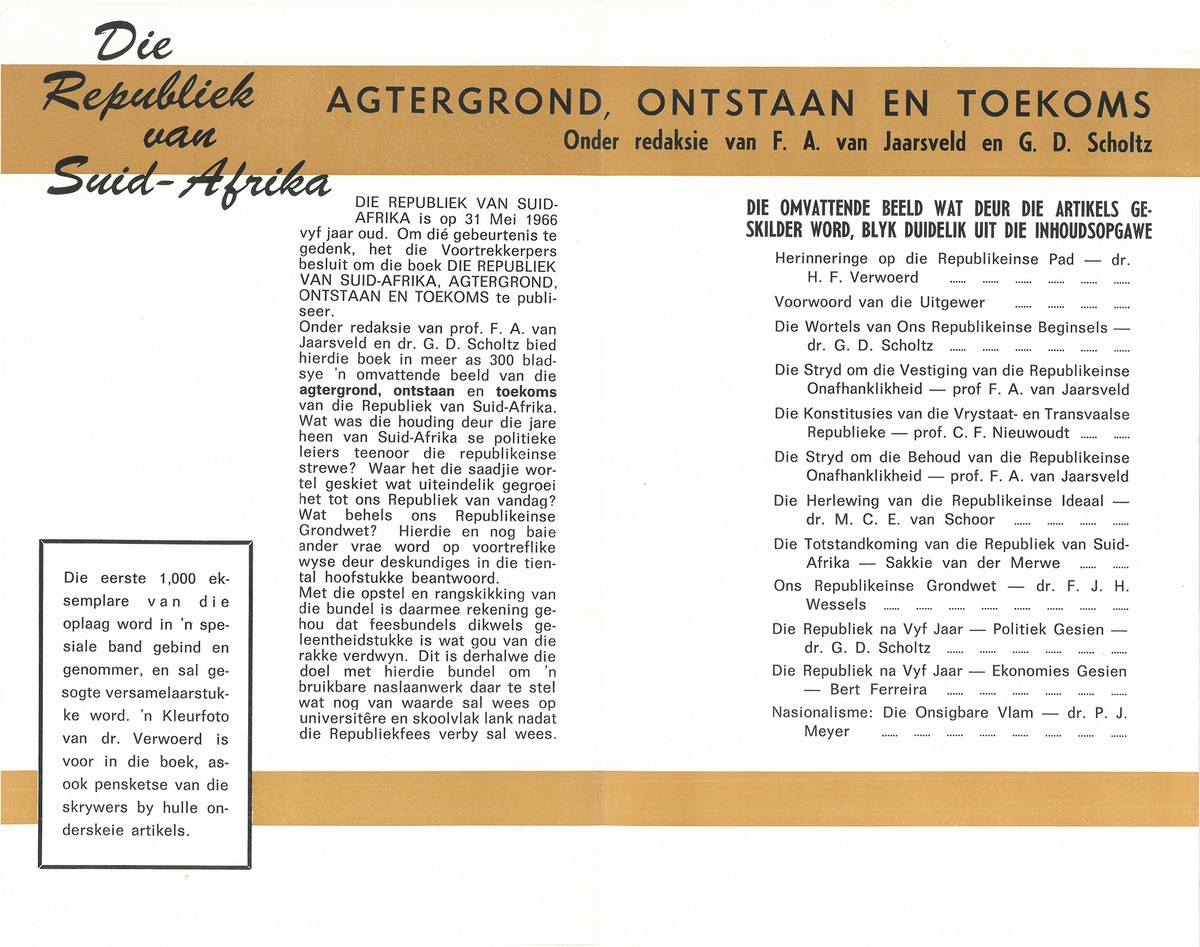
Another order form – filled out but never sent – for a then-forthcoming book on Gerard Sekoto lists the details of one OAA Bock. A brief online search suggests Bock published in several medical journals in the 1970s. His speciality was gastric ulceration. Perhaps, an A4 team member speculates, he wanted the book for his waiting room.
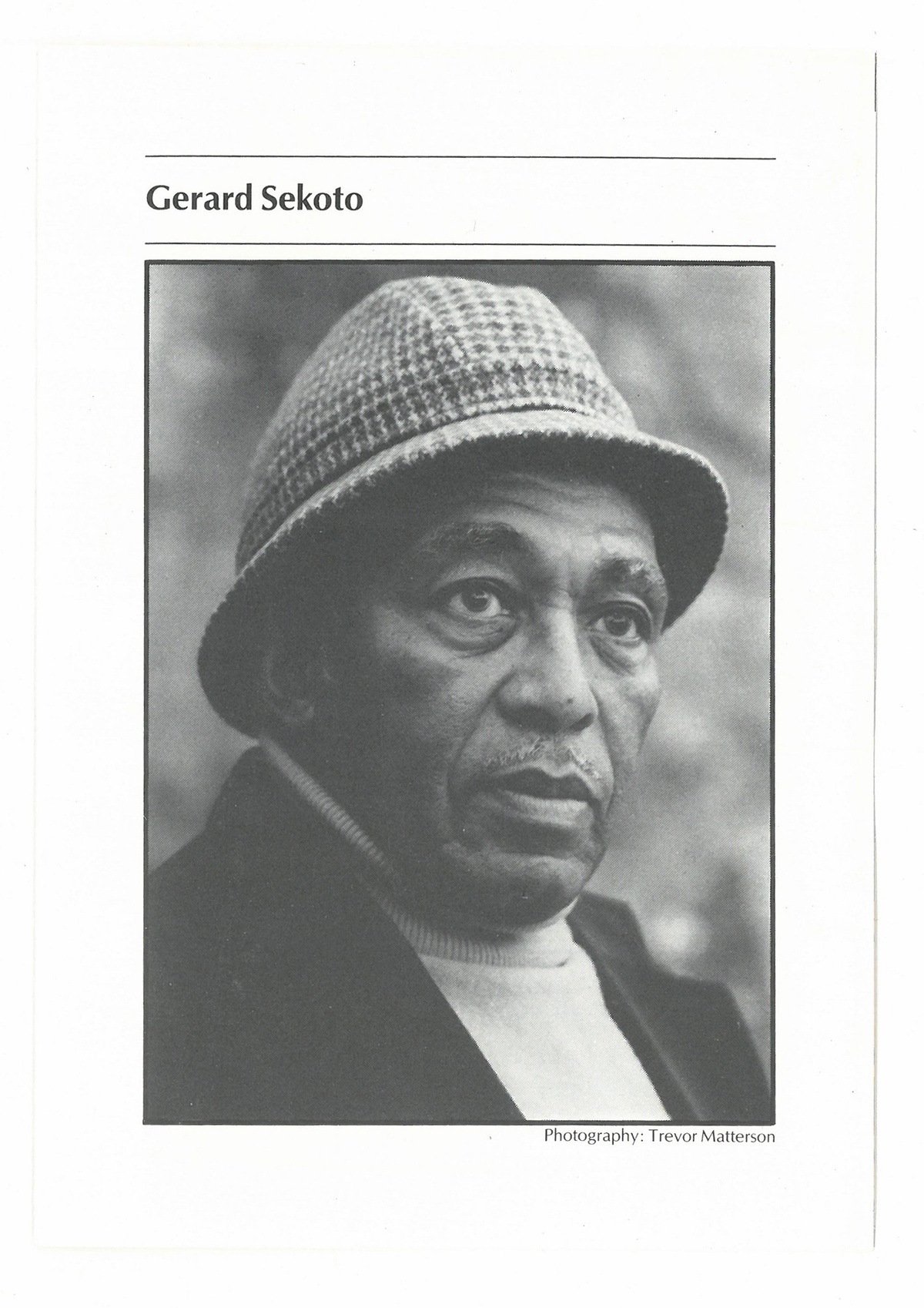
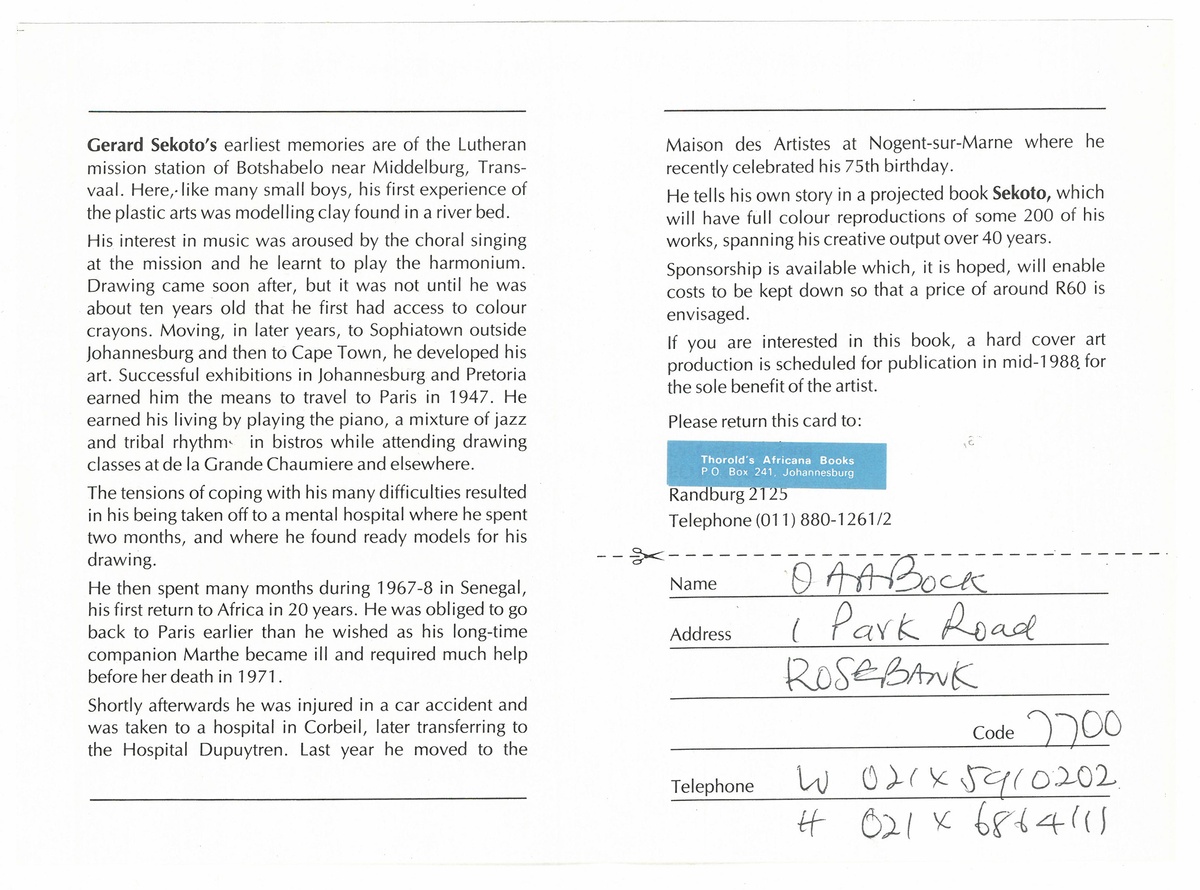
Other art-related finds include a newspaper clipping about the refurbishment of the Johannesburg Art Gallery in 1986, which cites oversights in the collection but is wholly impressed with its architecture:
The building ranks with major galleries and museums of the world, and that's a very nice thing for Transvaalers and all South Africans to feel pleased about.
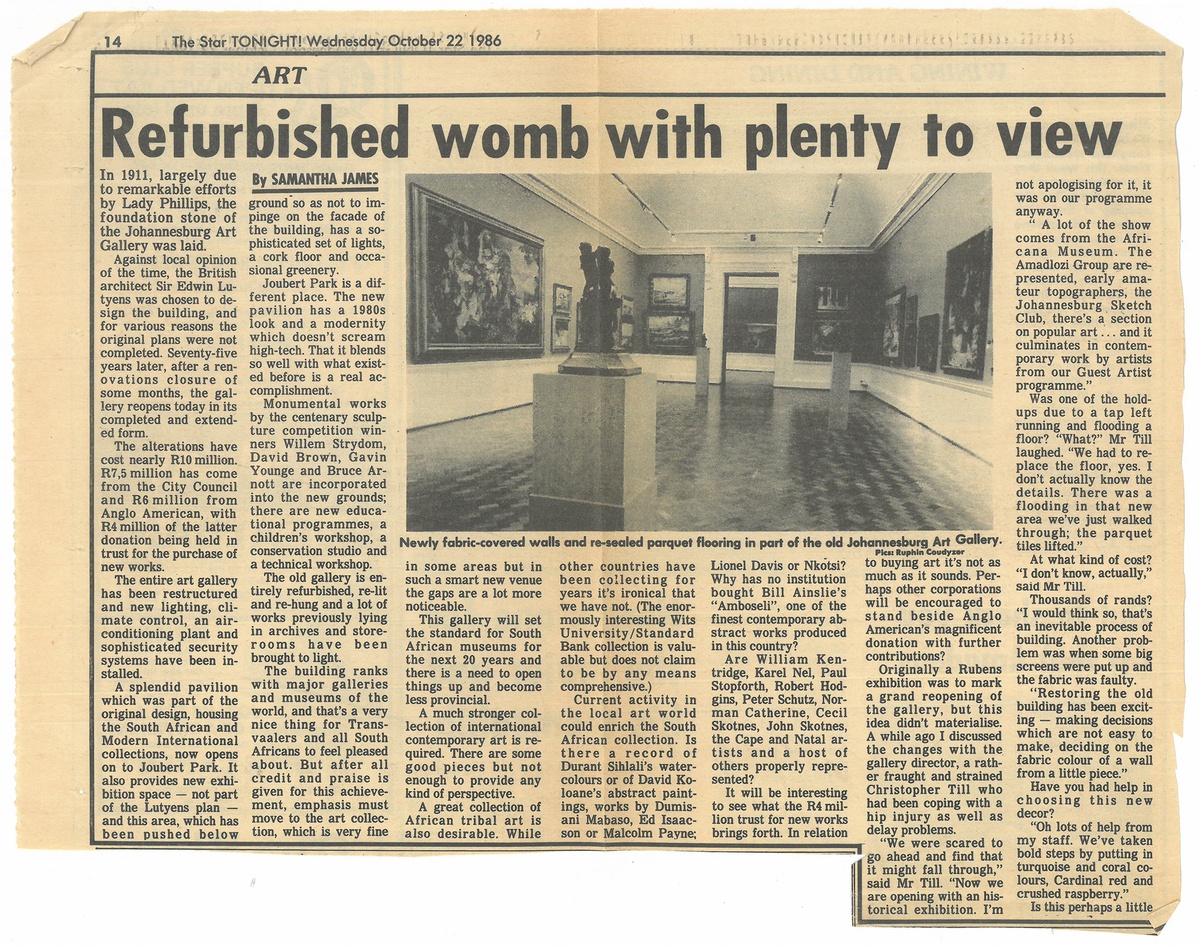

An artwork label from an exhibition with a handwritten note ("Teruggestuur Warren Siebrits") indicates that the untitled work is to be returned to the collector. The label was found in a catalogue made to accompany Cyprian Mpho Shilakoe's posthumous retrospective, marking the page where the same work is featured.
And a photocopied document (the original written on a typewriter by Johanna de Villiers in 1997) offers a summary of Jean Welz's life and work. The document was slipped between the pages of Esmé Berman's seminal Art and Artists of South Africa (1970).
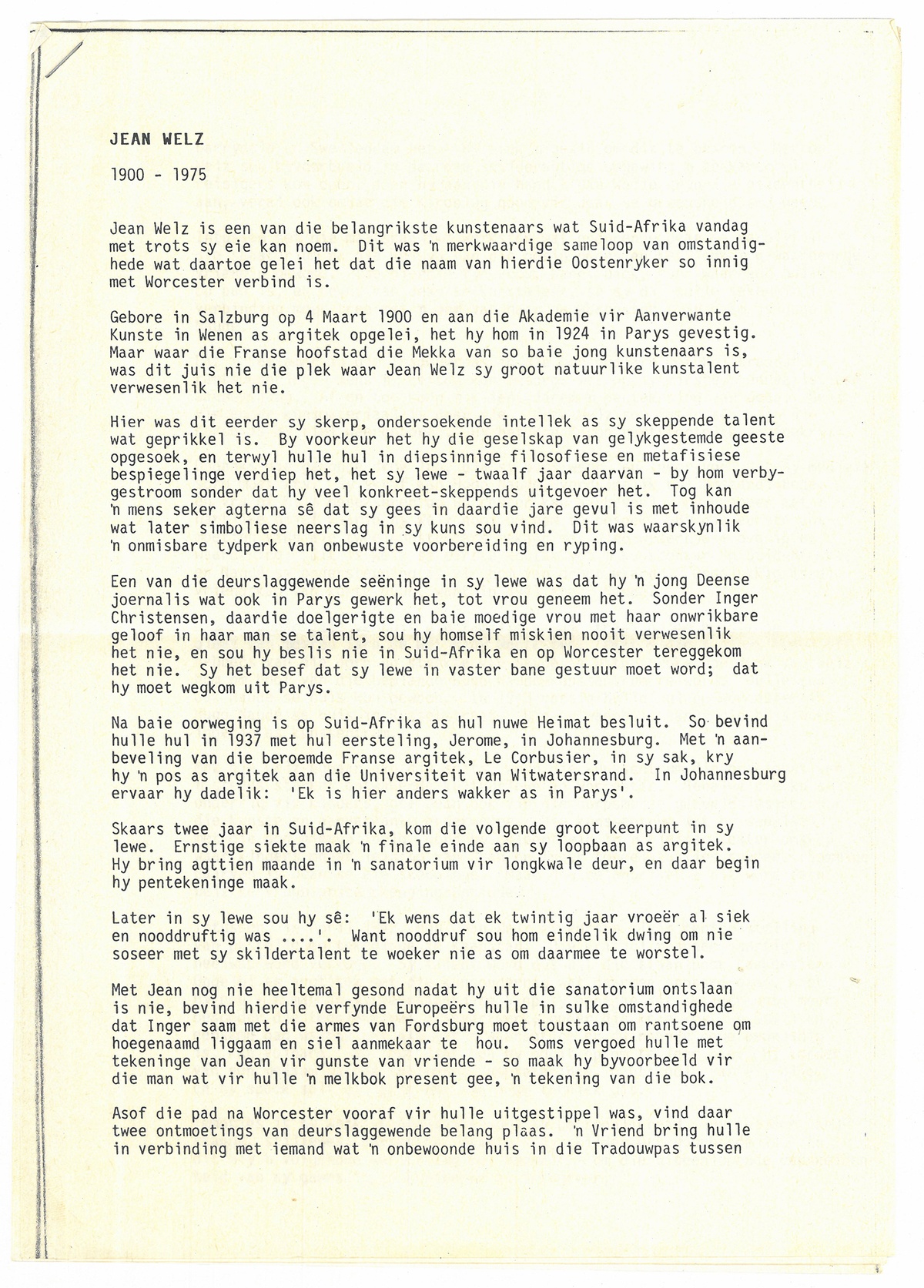
But perhaps the most prized Library finds are those from The Works of William Shakespeare, a treasure trove of handwritten notes and newspaper clippings. The now-worn book once belonged to an Eva Pargiter and is inscribed ‘Xmas 1948’.
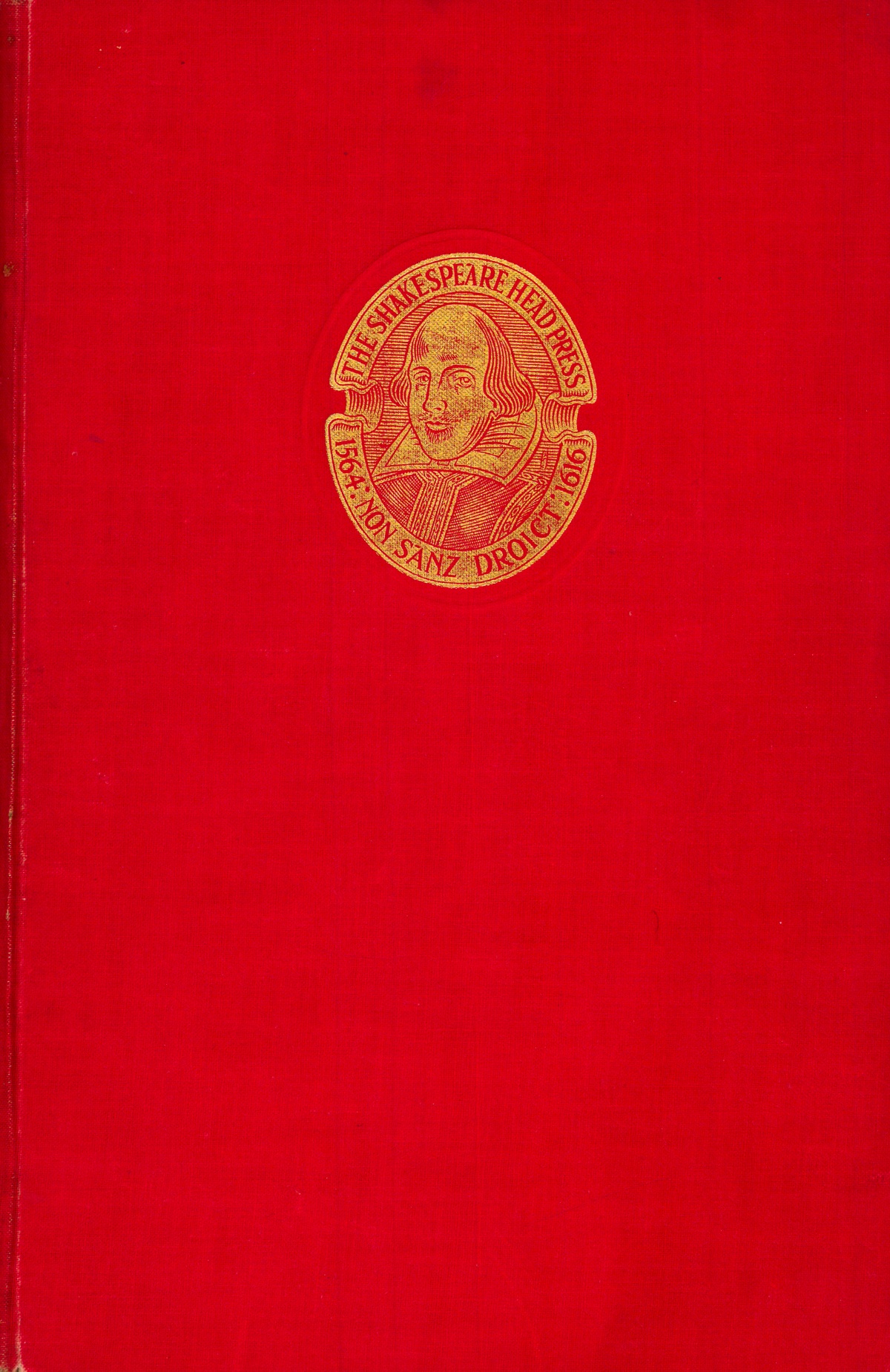
Among the loose sheets of paper kept between the book’s pages are summaries copied from John Wain’s The Living World of Shakespeare, a playgoer’s guide (1964) and FC Halliday's texts on the playwright, as well as a meticulous list detailing the many times Eva read and reread each play.
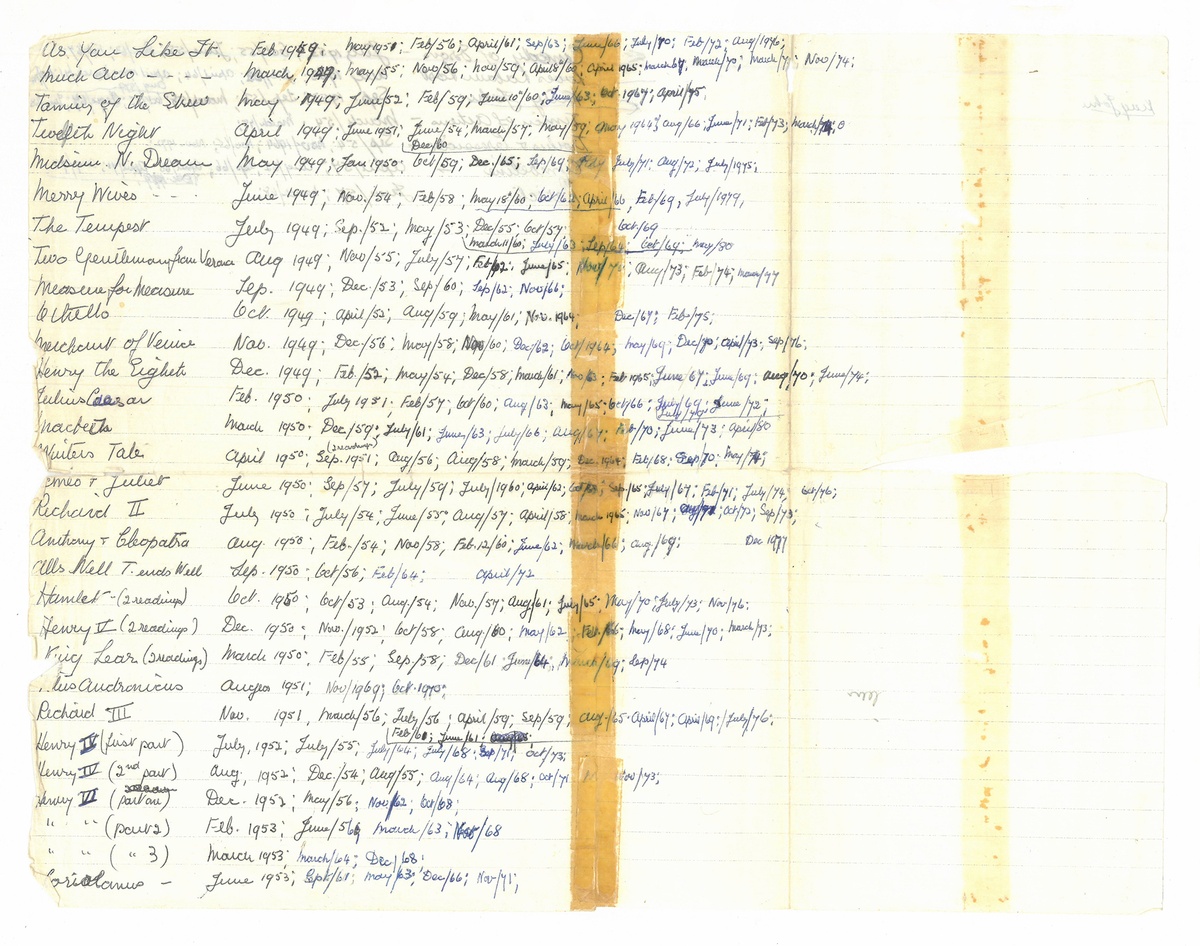
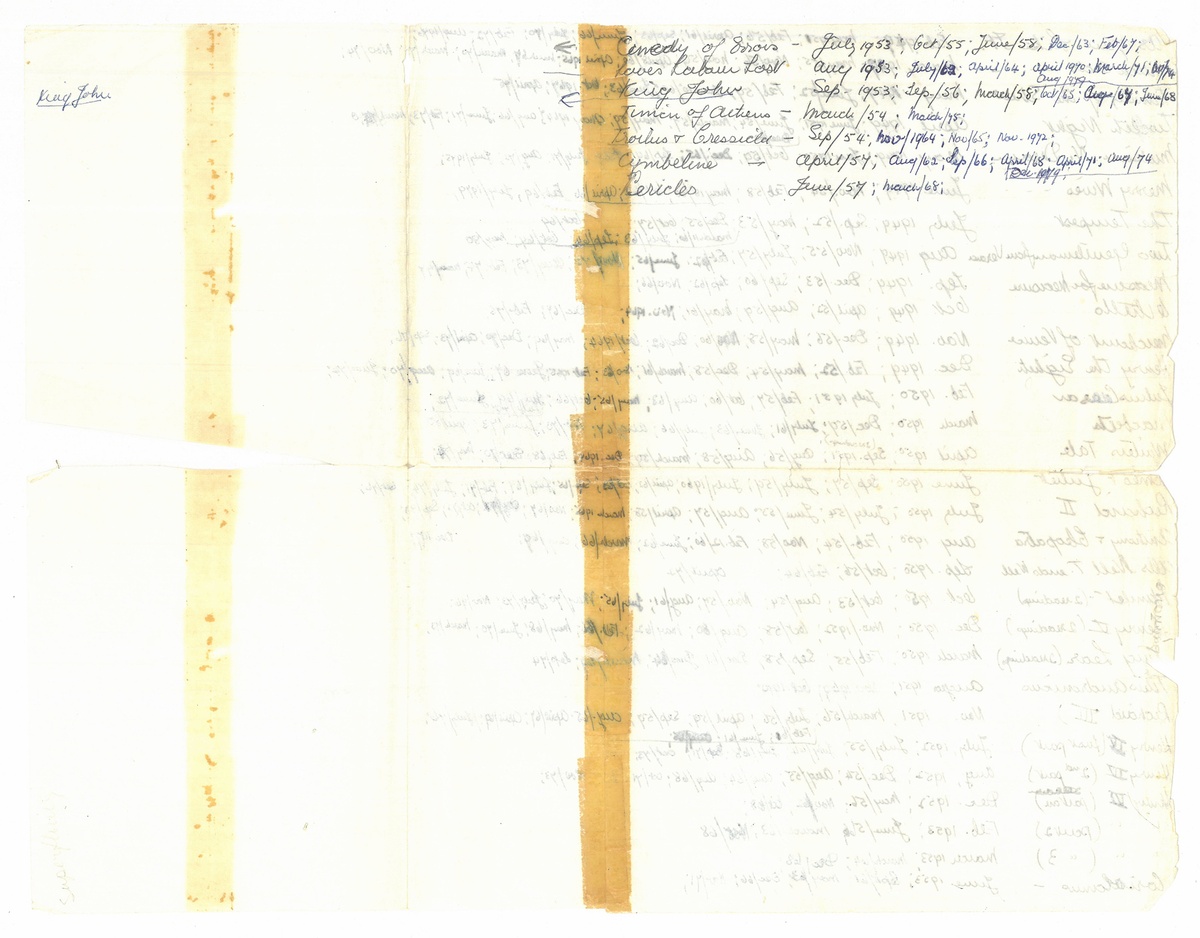
An online search suggests the following: Eva Pargiter was born in 1901, retired at St James Hotel in Kalk Bay, and is likely buried alongside her husband in the Maitland Cemetery.
The collected ephemera found in The Works of William Shakespeare are available to view here.
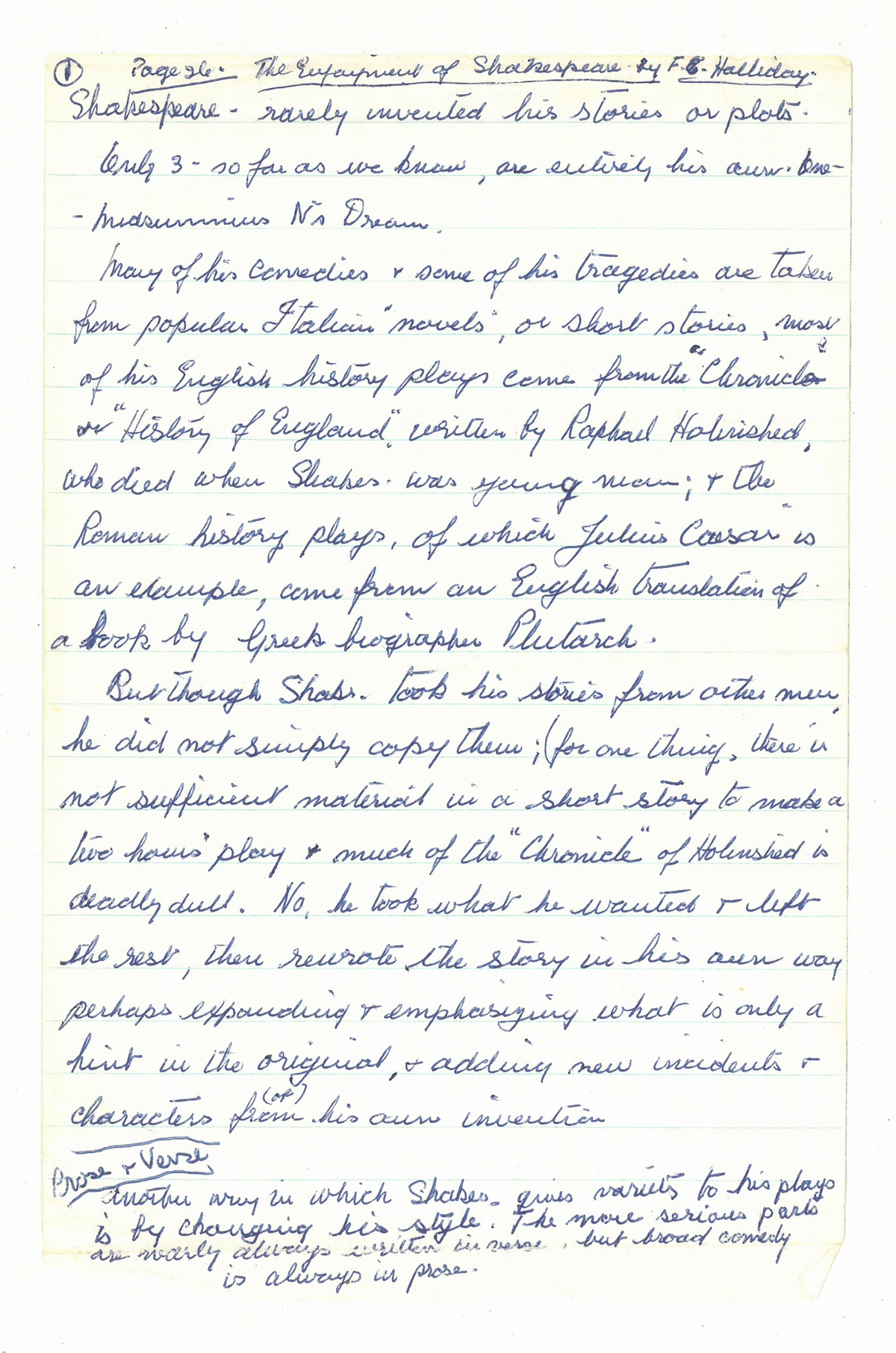
By way of ending, a final offering: a photograph given without inscription – two lilies, cement detailing, green.
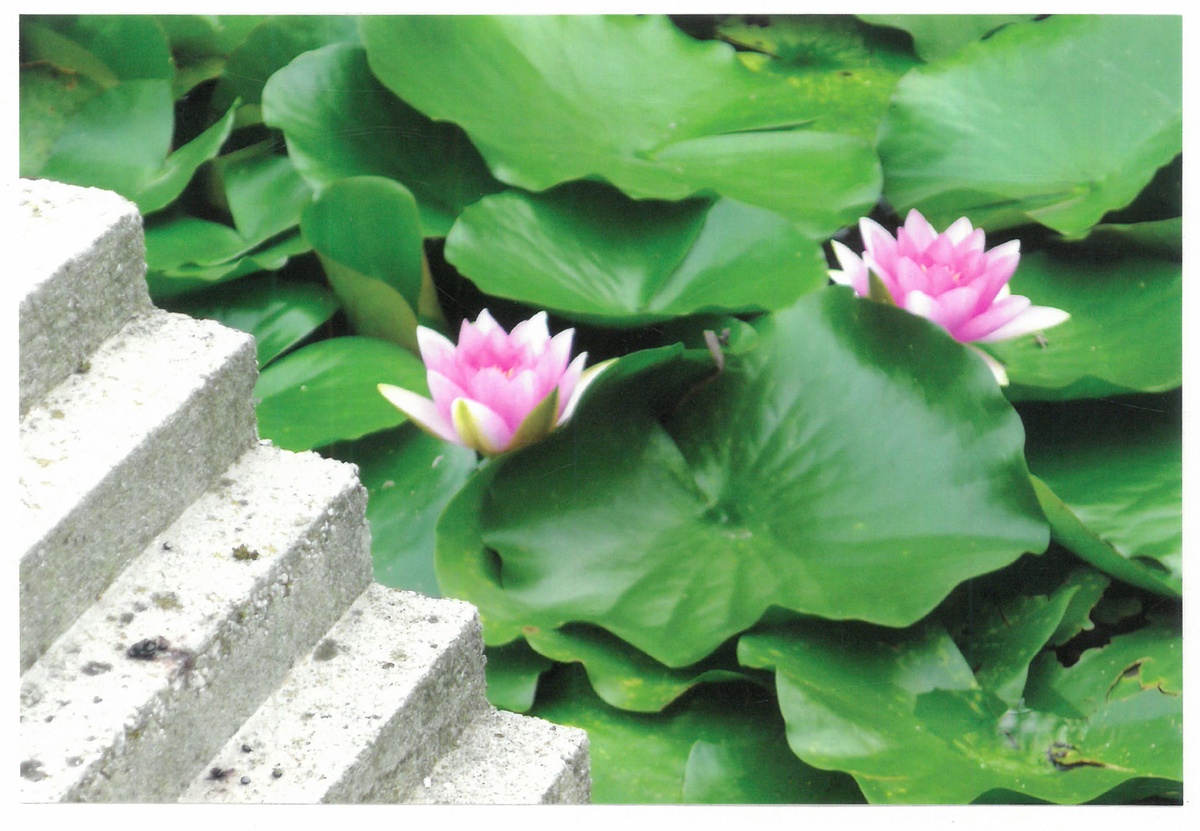
Library Ephemera
Included in the Library’s holdings is a growing collection of paper-based ephemera. While some of this ephemera was found in the Library – slipped between pages of books – or accumulated during processes in the building, most was acquired from a local book collector: eleven brown-taped boxes with over sixty years of exhibition catalogues, museum handouts, and zines, which together recall a social history of the local art scene. Still more ephemeral matter has been gifted to A4 by practitioner friends. This collection is available to view on request.